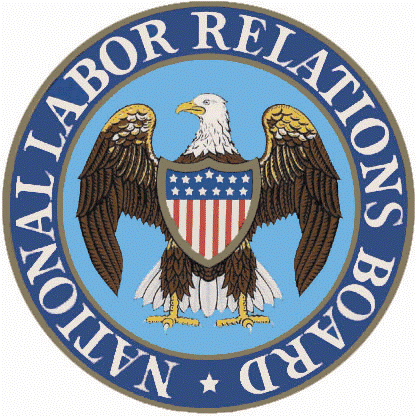By Michael J. Lotito and Sara B. Kalis
Some 77 years after the National Labor Relations Act was first enacted, it may be time to question the wisdom of keeping the NLRA on the books.
First enacted in 1935, an era of acute industrial strife during the Great Depression, the purpose of the Act was to eliminate obstructions to the free flow of commerce. Congress intended to encourage the practice and procedure of collective bargaining, reasoning that improved commerce would follow.
In 1935, employees were not entitled to a leave when a family member was ill, discrimination based on immutable characteristics was permissible, and there were no overtime requirements or minimum wage, resulting in a different employer-employee relationship than exists today. The Act had a clear purpose to provide employees with rights.
NLRB has become a more activist agency
The NLRA governs the relationship between employees, employers, and labor unions in the work place. For many years, the National Labor Relations Board (the agency created by the NLRA to administer and interpret the act, and enforce its terms) was the arbiter of fair bargaining practices between management and unions.
However, as union membership and interest in organizing has waned, the role of the NLRB — as it was originally intended — has become less focused. In 1955, unions represented approximately 35 percent of the workforce, the highest percentage in the country’s history. Since then, this number has consistently declined. Today unions represent approximately 12 percent of the American workforce, and only 6.9 percent of employees in the private sector.
Despite this, or maybe in spite of this, the National Labor Relations Board has become more of an activist agency. As one example, the Board recently promoted new rules that would, arguably, make it easier to win representation elections and stifle employer attempts to oppose elections. Since the current rules result in union success approximately 60 percent of the time that an election is held according to yearly statistics released by the NLRB, rule enhancements hardly seem necessary.
Seemingly, the courts agree. Some of the more controversial of the Board’s decisions and rule-making have been rejected by the courts.
Rekindling the flame for unionization?
Earlier this year, federal district courts issued separate opinions to prevent implementation of NLRB actions, such as an injunction on the private sector poster requirement and finding procedural defects with the “ambush elections.” Similarly, looking to the recent political developments in Wisconsin, combined with activity in San Jose and San Diego, California, one could argue a public perception that the Board and organized labor have overreached in the name of “employee rights.”
Moreover, the NLRB continues to receive negative reviews from many quarters in light of recess appointments, the resignation of a newly “appointed” member, and a stream of opinions and memos from the Acting General Counsel expanding the application of “concerted activity” to such things as arbitration agreements.
It seems apparent that the Board’s trend is an attempt to revive the NLRA, perhaps rekindling the flame for unionization. It is questionable whether this attempt to revive the National Labor Relations Act will be successful in making the Act relevant again. Against a backdrop of high union expectations for the current administration and union contributions of $800 million for two elections, any hope of a balanced approach to the issues of the day might only come with a complete face lift or revamping of the Board to remove its ties to politics.
The fate of the Board’s members, and thus the impact of the NLRA, may depend on the outcome of the pending litigation and the elections in November.
